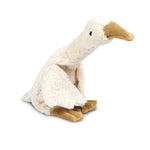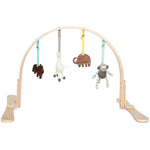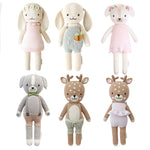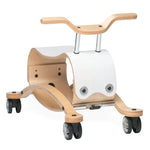Anewall wallpapers and murals are an easy way to add a fun twist to any room, but how do you choose the right material for your home? Luckily, Anewall has a solution for everyone - home owners and renters, beginners and experts! Scroll down to find out which material is going to be the most suitable for your family and get some tips on how to install it.
1. TRADITIONAL WALLPAPER
Probably the first thing that comes to mind when you think of the word "wallpaper", the traditional material is thick and luxurious with a flat-matte finish, and is a proud holder of the GREENGUARD Gold certification for low chemical emissions. This is a permanent wall covering that requires a wallpaper paste or glue to be installed. This option will work best if you have a lot of experience with installing wallpaper or if you plan on hiring professionals!
How to install Traditional Anewall Wallpapers:
2. PRE-PASTED WALLPAPER
Another permanent, GREENGUARD Gold certified option, this time easier to install and with a semi-matte finish. Anewall's pre-pasted wallpaper has a non-toxic adhesive on the back that only requires water in order to be activated - no wallpaper glue needed! Great for anyone looking to tackle this project DIY-style.
How to install Pre-Pasted Anewall Wallpapers:
3. SELF-ADHESIVE VINYL
For renters, Anewall offers a temporary semi-matte peel & stick material with a removable adhesive that won't ruin your walls come time to move out. Get another person to help you or hire professionals for this one, as it might be a bit tricky to install.
How to install Pre-Pasted Vinyl (Peel & Stick) Anewall Wallpapers:

















